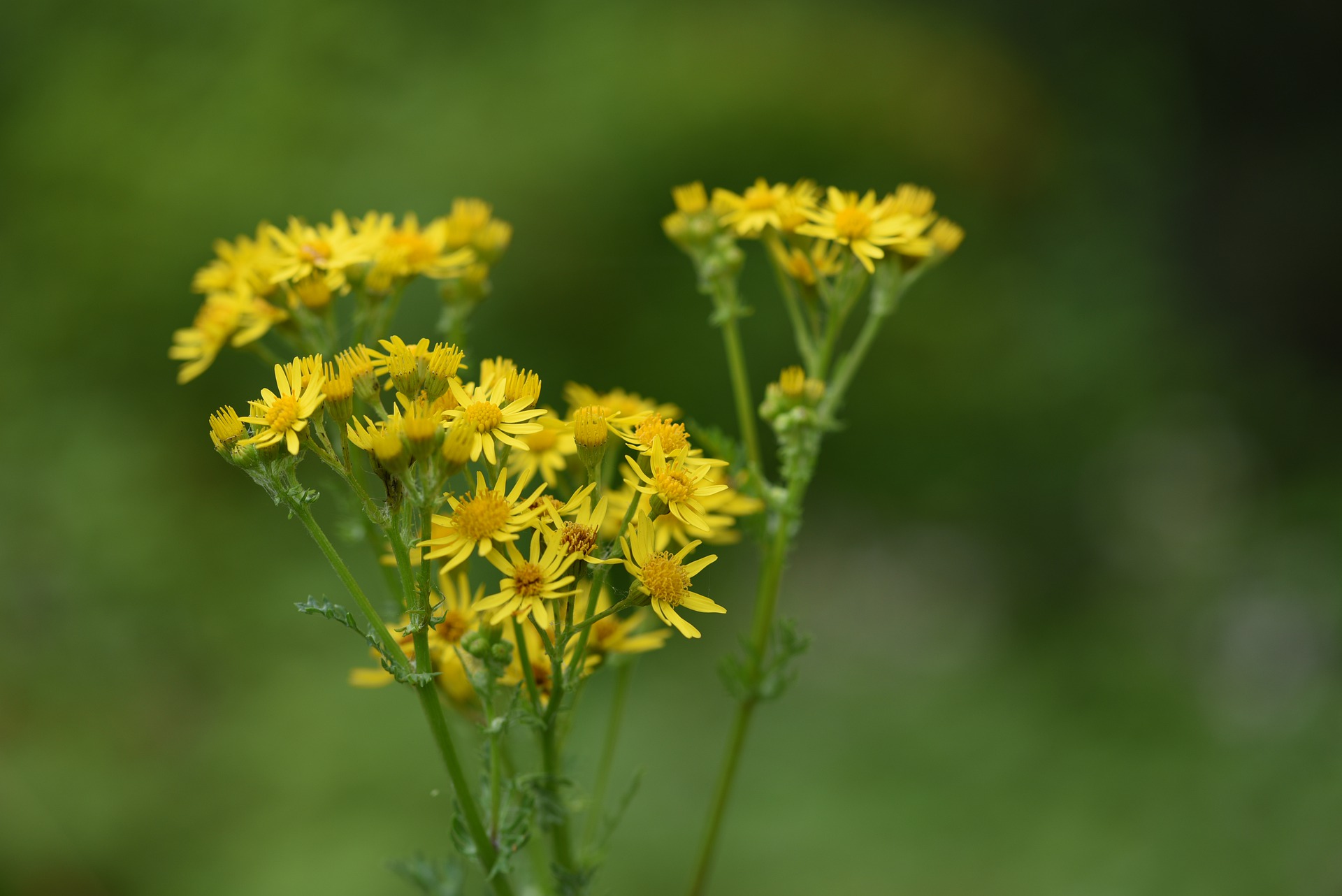As the days grow warmer and we enjoy long days spent with our horses, the summer months sadly also bring with them a blight equestrians are all too familiar with.
From mid-June to October, swathes of ragwort can be found in horse pastures up and down the country, with the weed thriving in light, low fertility soils. The native plant is a haven for insects, with the bright yellow flowers being a particular favourite of butterflies. For livestock, however, and horses in particular, it can prove fatal. As such, the plant has long proved to be divisive, with the biodiversity it offers at odds with the dangers it poses.
Is ragwort poisonous?
Standing at up to 90cm high and adorned with flat topped clusters of buttercup yellow flowers, ragwort contains toxic alkaloids from root to tip. This means no amount of it is safe for equine digestion. Even when dried in hay or silage, the poisonous properties remain and over time continued ingestion can lead to liver disease.
Once horses have ingested ragwort, they experience low-level digestion of the plant over many months. As the cumulative poison builds up though, their symptoms may become more severe. When symptoms do present, they often come on suddenly and with frightening severity.
Symptoms of ragwort poisoning can include but are not limited to:
- Abdominal pain
- Loss of appetite, resulting in weight loss
- Head pressing
- Fatigue
- Diarrhoea or constipation
- Blindness
- In severe cases, these symptoms can lead to collapse or coma, as well as sometimes proving fatal.
How can you protect your horses?
Ragwort spreads primarily by seeds, with a single plant able to propagate tens of thousands at a minimum. Stopping the weed taking hold is key to protecting your horses’ health, with a mixture of methods often yielding the best results. Pulling ragwort out by hand is one option, with special tools available to remove the roots. Once pulled, flowering ragwort should be disposed of in a sealed container or bag or burned in a controlled environment. Otherwise, there is a risk of it going to seed even after it has been removed. The plant is deep rooting, with the ability to regenerate if roots aren’t fully removed. Seeds buried in the soil can also lay dormant for many years and so the removal of ragwort is often an annual task.
Approved herbicides may be used to kill ragwort prior to removal. Horses must be removed from the pasture prior to spraying, and the land must be rested for the specified time afterwards. Various herbicides are designed for various stages of growth so choose your product carefully. Ragwort thrives in overworked, poor soil so improving the quality of the pasture will make it harder for the plant to take root. Dense areas of well drained grass will prevent its establishment.
Dealing with ragwort can be frustrating but, as a responsible owner, it’s vital that you remove any traces of it from where your horses can reach. While the plant is known to have a bitter taste, it is still widely eaten by horses when there is little else to graze on, as well as in the spring when rosettes form, or after cutting, when it is more palatable. As such, it is better to take a preventative stance. Once ragwort toxins have built up in a horse, the damage in irreparable so time spent thwarting the weed now could potentially save untold heartache in future.




